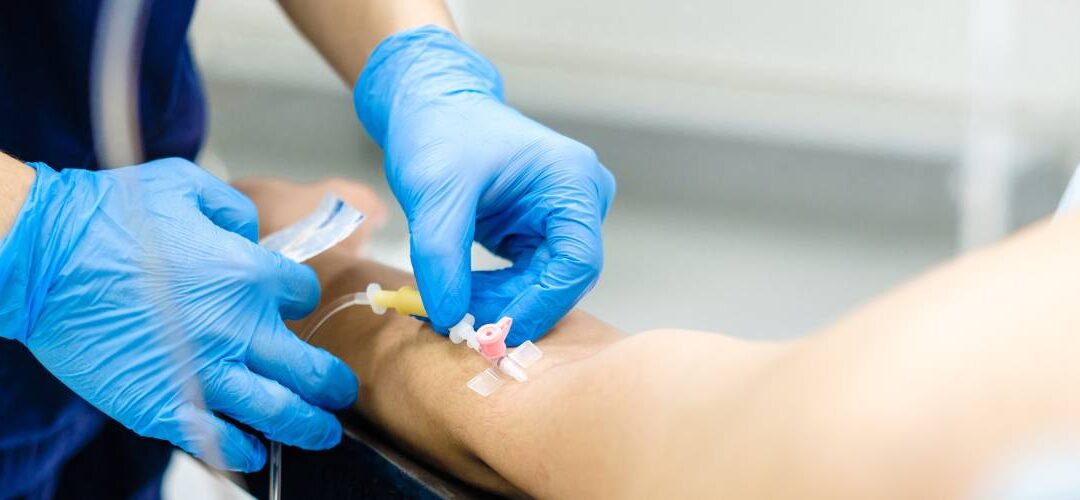Indications for Anesthesia with Medical Imaging
Medical imaging procedures are increasingly being performed under the supervision of anesthesiologists. Specific body positions based on the scan and not moving are required to perform CT and MRI scans successfully; therefore, anesthesia may be beneficial, especially for pediatric patients. Stretching out in potentially uncomfortable positions and staying still is challenging for young children and some other patient populations. Furthermore, in the pediatric cohort,rapid breathing and small-scale anatomy can also lead to non-diagnostic images. The study published by Mahmoud et al. argues that general anesthesia significantly improves the likelihood of acquiring high-quality computed tomography (CT) chest imaging in children suffering from interstitial lung diseases. 2, 4
Anesthesia during medical imaging is also beneficial for adult patients suffering from claustrophobia, anxiety, or some neurodevelopmental conditions. Similarly, these patients struggle to remain still during MRI. Patient immobility is required to attain high-resolution images from MRIs. A study by Wang et al. investigated the management of sedated and anesthetized patients undergoing MRI scanning. They reported that approximately 20% of the MRI exams performed without anesthesia had repeated motion artifact sequences, compared to MRI exams that utilized anesthesia. The goal of anesthesia in MRI procedures is to provide immobility, safety, and comfort to accomplish this painless procedure. Adequate sedation improves image quality and reduces the need for repeated examinations.
MRI-compatible anesthesia equipment is essential to avoid harm during the medical imaging process. In addition, several strategies are employed to mitigate potential risks associated with anesthesia. Choosing the best drugs for the procedure helps minimize complications during anesthesia. A common choice for medical imaging anesthesia is remimazolam, which facilitates rapid recovery. Many MRI patients prefer propofol because of its quick action and few side effects. When it comes to anesthesia management in MRI, it is important to carefully evaluate each patient and choose the most appropriate drugs.1
Alternatives to anesthesia are constantly being investigated for the care of younger patients. In addition to the associated risks, there might be long waiting times and financial barriers when anesthesia is needed for medical imaging. At the Royal Children’s Hospital Brisbane, Carter et al. established a mock MRI service to prepare 3-8-year-olds for the procedure. It effectively reduced the need for anesthesia because the mock MRI exposed children to the scanner, the surface coils, and the sounds associated with a real MRI procedure. A study published by Edwards et al. reports other methods to prepare children for medical imaging. Play therapy is used to help older children understand clinical procedures to reduce anxiety and ensure cooperation. The administration of oral melatonin sedated 65% of neonates before the MRI examination, resulting in a 55% procedure success rate. To reduce discomfort during imaging, various techniques, such as non-nutritive sucking, whereby a pacifier is given without any fluid or nutrition being delivered, and swaddling can be used. The success of an un-sedated imaging procedure depends on the creative application of these strategies. These techniques, particularly the mock MRI, demonstrate that there are effective ways to achieve cooperation within a younger patient cohort. 3,4
References
- Wang, Xiaoyu, et al. “Perioperative Management and Drug Selection for Sedated/Anesthetized Patients Undergoing MRI Examination: A Review.” Medicine, vol. 102, no. 16, Apr. 2023, p. e33592, doi:1097/md.0000000000033592.
- Mahmoud, Mohamed, et al. “CT Chest Under General Anesthesia: Pulmonary, Anesthetic and Radiologic Dilemmas.” Pediatric Radiology, vol. 45, no. 7, Dec. 2014, pp. 977–81, doi:1007/s00247-014-3250-3.
- Carter, Amanda J., et al. “Mock MRI: Reducing the Need for Anaesthesia in Children.” Pediatric Radiology, vol. 40, no. 8, Feb. 2010, pp. 1368–74, doi:1007/s00247-010-1554-5.
- Edwards, Andrea, and Owen J. Arthurs. “Paediatric MRI Under Sedation: Is It Necessary? What Is the Evidence for the Alternatives?” Pediatric Radiology, vol. 41, no. 11, June 2011, pp. 1353–64, doi:1007/s00247-011-2147-7.







Recent Comments